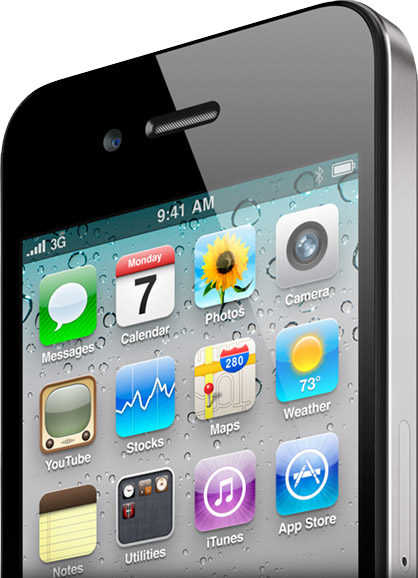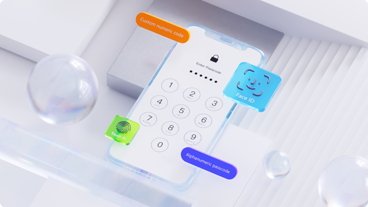iPhone ambient light sensor could receive upgrade from new Apple supplier
Citing its industry sources in the Far East, DigiTimes reported Thursday that Capella Microsystems is in talks with Apple to become a component supplier. That would make it the first Taiwan-based integrated circuit manufacturer to land orders from the iPhone maker.
"Capella, which ships over one million ambient-light sensors to HTC a month currently, has reportedly delivered its products to Apple for verification as the ambient-light sensors currently used by the iPhone 4 have been criticized for some problems," the report said.
A deal is not said to be imminent, but Apple could place orders with Capella before the end of the year. Apple is expected to release its fifth-generation iPhone later than usual this year, with one report pegging its debut in the company's 2012 fiscal year, which begins at the end of September.
Capella is said to be one of two Taiwan-based integrated circuit suppliers that Apple is exploring potential opportunities with. The Cupertino, Calif., company is also reportedly in talks with Integrated Memory Logic.
Rumors have swirled in Taiwan that IML's programmable gamma buffers are likely to be utilized by Apple in its iPad touchscreen tablet. IML also maintains a headquarters in the U.S.
 Sam Oliver
Sam Oliver








 Amber Neely
Amber Neely
 Thomas Sibilly
Thomas Sibilly
 AppleInsider Staff
AppleInsider Staff
 William Gallagher
William Gallagher
 Malcolm Owen
Malcolm Owen
 Christine McKee
Christine McKee










16 Comments
Allegedly unhappy with the current light sensor in the iPhone 4, Apple is said to be testing a new component supplier for future hardware ...
i don't know if it's this sensor or if it's a software issue, but "auto-brightness" hasn't worked for me since iOS 3.x.
Previous to iOS/iPhone 4, I never adjusted the brightness at all, but less than a week after the upgrade I had to abandon it completely and have been manually adjusting the brightness (four or five times a day at least! ), ever since. It's a real drag. Especially since it worked perfectly before.
The problem with the ambient light sensor and many similar sensors in other electronics is that they measure the ambient light from the front of the device which is obscured by screen brightness. The sensor needs to be on the back of the device in order to work effectively.
Also, something akin to Flux for Mac would be awesome for iPhone.
The sensor needs to be on the back of the device in order to work effectively.
And the problem with that is; Your hand is on the back of the device.
Shall we compromise and put it on TOP....?
The problem with the ambient light sensor and many similar sensors in other electronics is that they measure the ambient light from the front of the device which is obscured by screen brightness. The sensor needs to be on the back of the device in order to work effectively.
Also, something akin to Flux for Mac would be awesome for iPhone.
The problem with a rear sensor is keeping it unobstructed. Placing the phone on a desktop would cause a rear sensor to fail. There is also the potential for covering the sensor with your hand while holding the phone. If a rear sensor were added, the front sensor would need to be maintained.
The problem with a rear sensor is keeping it unobstructed. Placing the phone on a desktop would cause a rear sensor to fail. There is also the potential for covering the sensor with your hand while holding the phone. If a rear sensor were added, the front sensor would need to be maintained.
Given the relative cheapness of the sensors, I don't know why they don't put twenty of them on the phone (in all different locations), and then intelligently determine the ambient light conditions by comparing all the readings on an ongoing basis.